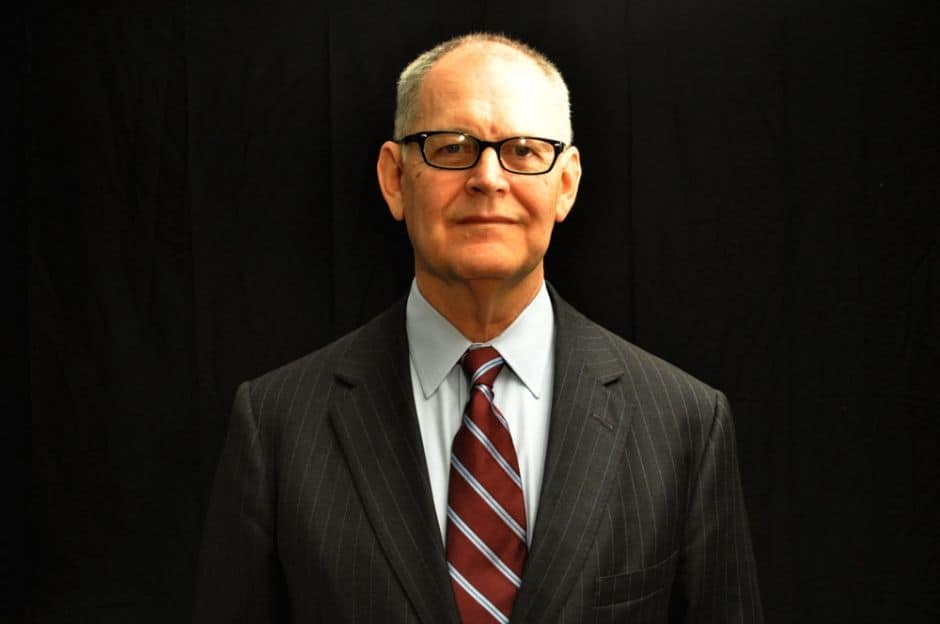Introduction
If you think costs would come down if hospitals were all owned and operated by big for-profit corporations like Hospital Corporation of America, you might want to take a look at a study published last week by the journal Health Affairs.
Of the 50 U.S. hospitals that mark up prices the most, 49 of them are part of for-profit hospital chains, according to the study’s authors, Ge Bai of Washington & Lee University and Gerard Anderson of the Johns Hopkins Bloomberg School of Public Health.
Using 2012 data provided by 4,483 hospitals to the Centers for Medicare and Medicaid Services, Bai and Anderson found that those 50 had an average markup of 1,013 percent over what Medicare pays for the thousands of items on hospitals’ “chargemasters.” (Chargemasters are lists of all the items and services hospitals bill for. Hospitals set their own charges. Few states set any limits on what hospitals can charge.) That’s almost three times the average markup at the other 4,433 hospitals. The average markup for all those other hospitals—most of them nonprofits—was 340 percent.
Of those high-markup 50, more than a fourth of them are owned and operated by Nashville-based Hospital Corporation of America (HCA). But with 14 hospitals on the list, HCA was just in second place. A full half of the top 50 are owned by HCA’s biggest rival, Community Health Systems, a Franklin, Tennessee company that operates 199 hospitals in 29 states.
At the very top of the markup list was North Okaloosa Medical Center in Crestview, Florida. That hospital, in the Sunshine State’s panhandle, had the distinction of marking up its costs an average of 1260 percent. The Atlantic’s Olga Khazan took a look at North Okaloosa’s markups. She found, for example, that the hospital charged $79,350 to treat a hemorrhage. That’s compared to Medicare’s reimbursement of $5,177.
As the authors noted in their Health Affairs article, “Collectively, this system (of giving hospitals free rein to mark up their costs) has the effect of charging the highest prices to the most vulnerable patients and those with the least market power.” Those who are the most vulnerable, of course, are the uninsured and under-insured. Bai and Anderson pointed out that even when (or if) the Affordable Care Act is fully implemented, there will still be 30 million people without insurance. When those folks get sick or injured and wind up in the hospital, they’ll be on the hook to pay whatever the hospitals decide to charge. This means that even with the ACA, thousands of families will still find themselves in bankruptcy court every year because of medical bills they can’t possibly pay.
(Note to the uninsured: it’s in your best interest to find out which hospitals near you are nonprofit and which ones are for-profit. And that’s not just because the for-profits’ markups are higher. The ACA requires nonprofit hospitals to provide discounts to eligible uninsured patients. There are no such requirements for for-profits.)
Most of the high-markup hospitals are in the South. And of the top 50, 20 are in for-profit-hospital-friendly Florida, whose governor is former HCA CEO Rick Scott.
Scott has a long history in the world of for-profit health care. When I worked for Humana in the early 1990s, the company decided to sell its hospital division, and Scott and one of his business partners at the time, David Vanderwater, bought them. Soon after that, Scott negotiated a merger with HCA and became the combined company’s chief executive. He resigned from HCA in 1997 after the government launched an investigation into whether the company had committed Medicare fraud.
Two years before Humana decided to get out of the hospital business—and while I was on the public affairs team—the company was the subject of a series of investigative reports by ABC TV’s Sam Donaldson. In 1991, Donaldson found that Humana’s hospitals were charging patients several thousand percent more for medicines and other items than their actual cost. In one of his reports, he showed that Humana charged patients $143.25 for needles it bought for 80 cents—a markup of 17,806 percent.
One of Humana’s executives at the time was Wayne Smith. Soon after Humana sold its hospitals, Smith became the company’s president—and my boss. I was reporting to him when I left the company to join Cigna.
A few years later, Smith was named president of Community Health Services, the company that owns half of the high-markup 50.
Isn’t it a small world?
When Bai and Anderson’s study was published last Monday, Community Health Services shareholders apparently were spooked for a New York minute. The volume of shares traded that day was almost triple the volume the preceding Friday. The share price fell $1.39, to $52.76. By the end of the week, though, the share price had largely recovered. That’s because very few states have any power to control hospital price markups. Only Maryland and West Virginia, in fact, set hospital rates. Bai and Anderson found that hospitals in Maryland had markups of less than 1.5 percent, lower than those of hospitals in any other state.
Community Health Services and HCA’s shareholders might get worried if other states were to follow Maryland’s lead. But considering the amount of money the hospital industry spends to influence campaigns and public policy, the chances of that happening are pretty slim.
Wendell Potter is the author of Deadly Spin: An Insurance Company Insider Speaks Out on How Corporate PR is Killing Health Care and Deceiving Americans and Obamacare: What’s in It for Me? What Everyone Needs to Know About the Affordable Care Act.
Read more in Health
Health
Supreme Court upholds Obamacare subsidies, but statehouse fights will continue
Wendell Potter commentary
Industry lobbies hard to snuff out tax on medical devices
Commentary: Funds go to support Affordable Health Care Act


Join the conversation
Show Comments